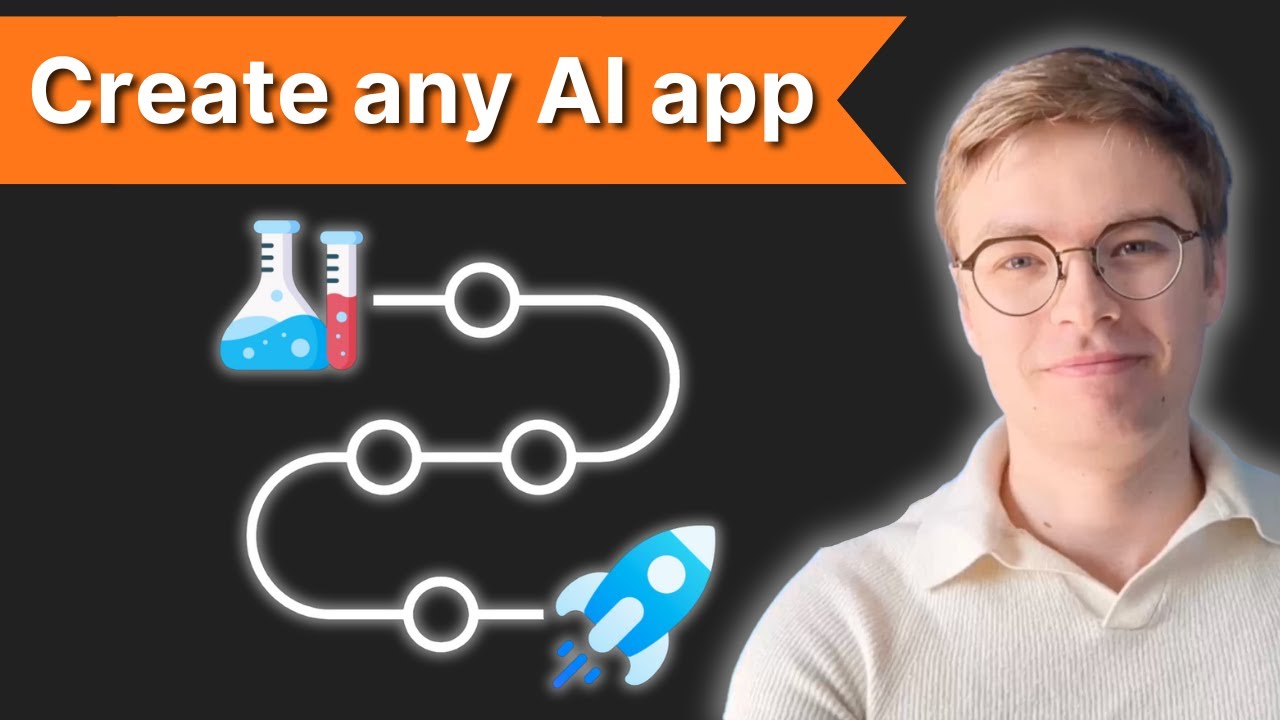Why Do AI Projects Fail How to Build AI That Actually Works
Why do so many AI projects fail when the technology seems so promising? After implementing AI solutions at major tech companies and watching countless projects struggle, I’ve identified the real reasons AI initiatives fail and, more importantly, how to build AI that actually delivers value. For a comprehensive framework on what AI strategies actually work for businesses, see my proven AI implementation guide.
The Real Reasons AI Projects Fail
Most people blame AI failures on bad models or insufficient data, but the truth runs deeper. The primary reason AI projects fail is starting with technology instead of problems. Teams get excited about using AI and look for places to apply it, rather than identifying genuine problems that AI can solve better than traditional approaches.
This backwards approach leads to AI solutions looking for problems. By the time teams realize their AI doesn’t address real user needs, they’ve already invested significant resources. The project limps along until someone finally admits it’s not delivering value.
Missing the Value Proposition
Successful AI projects start with a clear value proposition. Before writing any code, ask yourself: What specific problem does this solve? Who benefits from this solution? How much better is an AI solution compared to simpler alternatives?
Many failed AI projects can’t answer these questions convincingly. They might claim vague benefits like “improved efficiency” or “better insights” without quantifying what that means. Successful projects have specific metrics: reduce customer service response time by 70%, increase fraud detection accuracy by 40%, or automate 80% of routine tasks.
Data Problems That Kill AI Projects
Poor data quality destroys more AI projects than any other technical factor. Teams often discover their data issues only after building complex models that perform poorly. The data might be incomplete, biased, incorrectly labeled, or simply not representative of real-world scenarios.
Successful AI projects invest heavily in data analysis before model development. They validate data quality, ensure sufficient quantity, and verify that the data actually contains the patterns they’re trying to learn. This upfront investment saves months of wasted effort on models that never had a chance. For specific implementation guidance, see my comprehensive RAG systems tutorial which covers data preparation best practices.
Building AI That Delivers Results
Creating successful AI solutions requires a different approach than traditional software development. Start small with a narrow, well-defined problem. Prove the concept works before expanding scope. This incremental approach lets you validate assumptions early and pivot if needed.
Focus on problems where AI provides clear advantages. Good candidates include tasks with high volume, pattern recognition requirements, or complex decision-making based on multiple factors. Avoid using AI for problems that simple rules or traditional algorithms solve effectively.
The Implementation Reality Check
Many AI projects fail during implementation because teams underestimate integration complexity. Your AI model might work perfectly in isolation but fail when connected to real systems. Data pipelines break, latency requirements aren’t met, or the model’s outputs don’t fit existing workflows.
Successful projects plan for implementation from day one. They consider how the AI will receive data, where outputs go, and how users interact with the system. They build robust error handling for when the AI inevitably encounters scenarios it wasn’t trained on. For detailed guidance on production deployment, check our complete guide to deploying AI models in production.
Measuring Real Success
AI projects often fail because teams measure the wrong things. Model accuracy matters less than business impact. A 95% accurate model that users don’t trust or can’t use effectively delivers no value.
Successful AI projects define success metrics tied to business outcomes. They measure user adoption, time saved, errors prevented, or revenue generated. These metrics guide development priorities and help teams focus on what actually matters.
Learning from Failed AI Projects
Every failed AI project offers valuable lessons. Common patterns emerge: rushing to use the latest technology without understanding the problem, building complex solutions for simple problems, or ignoring user feedback until it’s too late.
The most successful AI practitioners study failures carefully. They understand that AI isn’t magic; it’s a tool that works well for specific problems under specific conditions. By learning what doesn’t work, they get better at identifying what will.
To see real examples of AI projects that failed and succeeded, including detailed analysis of what made the difference, watch the full video tutorial on YouTube. I break down actual projects and show exactly what separated failures from successes. Want to build AI that actually delivers value? Join the AI Engineering community where we focus on practical implementation strategies that work in the real world.

